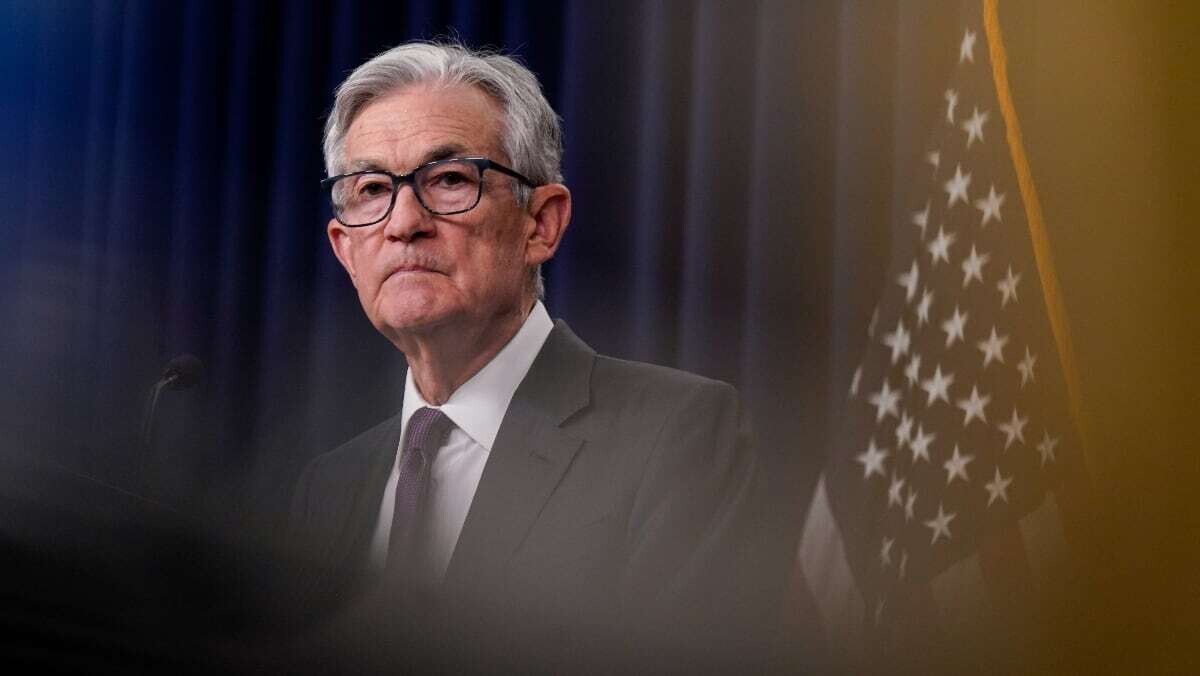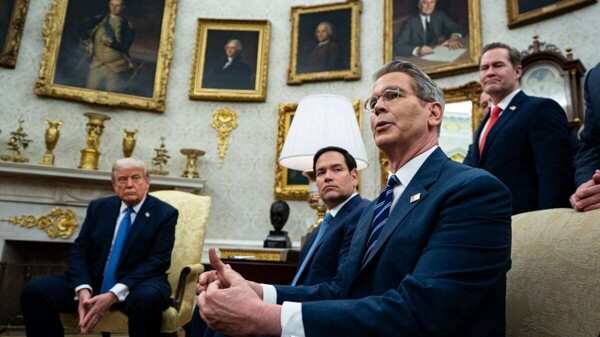
The fear of an economic slowdown is increasing, while President Donald Trump and his advisers urge the central bank to lower interest rates. Caught at this crossroads, Federal Reserve Chairman Jerome Powell may have felt relieved by Friday's data showing a solid increase of 177,000 jobs in April. This increase in employment supports the Federal Reserve's stance to keep interest rates steady.
On the other hand, the Fed's preferred inflation indicator shows that inflationary pressures continue to gradually decline. However, in the eurozone, inflation remained stable according to a recent report, although a core indicator showed an unexpected increase. Uncertainty surrounding the trade war is reflected in decisions such as that of the Bank of Canada, which ceased regular forecast publications.
Federal Reserve officials such as Thomas Barkin and Adriana Kugler have expressed concern over a potential weakening of inflation expectations. In this context, Powell and other officials are expected to keep interest rates steady during their meeting in Washington this week. Attention is focused on inflation and the evolution of the tariff dispute between Canada and the United States.
As economists analyze unemployment data for signs of potential layoffs, it is noted that initial unemployment claims in the last week of April increased, partly due to additional claims in New York during spring break. This situation adds to the uncertainty generated by the increase in U.S. tariffs on imports and their potential negative impact on inflation.
In summary, uncertainty has become a dominant factor for major central banks around the world. Upcoming U.S. economic data is expected to be slight, with no immediate pressure for a rate cut, despite the European Central Bank's historic decision to continue lowering interest rates in anticipation of potential effects from U.S. tariffs. Economists will be watching key economic indicators, such as unemployment claims, amid an uncertain global outlook for monetary and trade policies.













